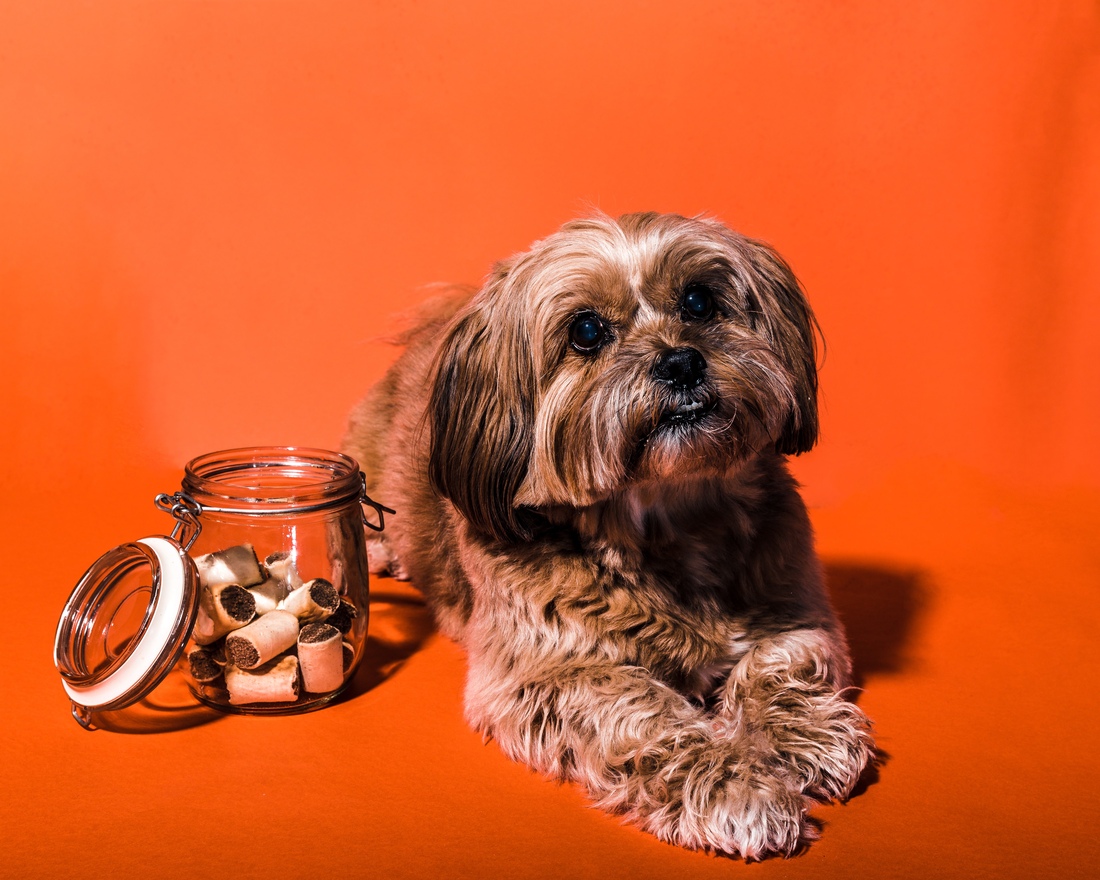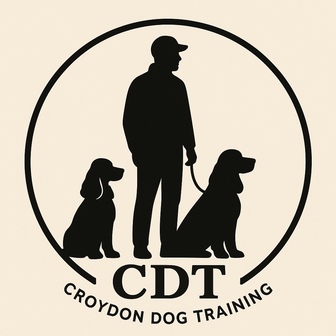
I am hoping that this short blog will help you understand about rewards and how to effectively use them better in training to be able to receive the best outcome possible.
Why do we reward?
Training can be a mind field for most. There are many different methods and forms of training , one thing we can be sure of is that in order to be able to create a wanted behaviour or to reinforce a behaviour, the most effective method is to use reward-based training.
But what are rewards?
Rewards are anything that your dog is motivated by and enjoys, it can be anything that will make your dog want more.
Many people will know, what I think is the most common reward, is food.
Anyone who has started to train their dog will usually use treats or food to reinforce the behaviour or create the behaviour that they want. There are numerous training treats that can now be purchased from local pet stores and of course some human food can make quality, high value food-based rewards.
I use a variety of food in my training, using each one for different behaviours and what I class as difficulty of the exercise that my dog is practicing. If I am training a puppy to walk nicely on the lead in an area with a high level of distraction, I may use a really smelly food treat such as salami or garlic chicken but if I am teaching my puppy a sit at home, I may use a little of his kibble or a ‘shop brought’ reward.
My top 5 favourite food rewards;
1. Pet munchies – these can be purchased from most pet shops or online and come in various different flavours and they smell.
2. Butternut box treats – these are dried 100% natural treats. They are not hugely smelly but well worth having some in your pouch.
3. Cocktail sausage – these can be cut into small treat sized pieces can make a valuable high value treat.
4. Cheese (Normal or smoked) – again, can make a fantastic reward if cut up into small pieces.
5. Salami cut into small pieces makes a brilliant high value food.
Verbal Praise can also be an effective reward and a reward that I don’t think is often used enough. A simple ‘Good boy/girl’ or ‘Yes’ when the dog does something that you want, is a great way of marking the behaviour you want and allowing the dog to know that they have done good. We will often use verbal praise a lot with our children but is also well worth practicing with our dogs as well. Especially using verbal praise before using the food reward and pairing them together. Before I give my dog their food reward they will always receive verbal praise beforehand.
Lastly but certainly not least is toys. It is rare, but some dogs who are not interested in food rewards can sometimes be driven with toys, therefore it is a great way to reward the dog when they deserve to be rewarded.
I prefer tuggy toys to tennis balls because you can become part of the reward and have fun with your dog when they get something right, you become part of the game. When using a toy as a reward I will always make sure that I have one toy that is put away and that the dog is not allowed access to. This toy is our special toy that only comes out during training sessions with me. Like with all games it is important that your toy reward is kept short and sweet and there are rules in place.
My top 4 tuggy toys are;
1. Normal tuggys that you can get from any pet shops. They come in various sizes so you can find a size to suit your dog.
2. Kong tug toys are also very good, these can often be found as soft tuggys and fit nicely into a pocket for when they are not needed.
3. Chuck it ball tugs are really good for dogs who love a ball. Rather than throwing a ball for your dog to enjoy themselves chuck it also do a tuggy version.
4. Tugg E Nuff toys are great, they come in various sizes and shapes and are usually pretty sturdy.
When do we reward?
As with many things in dog training it is important to timing of your rewards right. A treat given at the wrong time can be just as dangerous as using other tools in training. If my dog or puppy jumps up at me and I reward as soon as his feet hit the ground, my dog or puppy will think I have just rewarded him for jumping up and therefore is likely to jump up even more.
I think there are two main principles to rewarding and that is, that we should look at the rewards as if we were paying our dog for the behaviour they are doing. The harder the exercise the higher the reward should be. This kind of links in with using food all the time, I see many dogs who choose to do something but only when there is food around. I mentioned earlier that it is important to use a verbal cue before giving the food, this is so that eventually we can wean the dog off the reward, meaning the verbal cue becomes just as effective and enough of a reward on its own without the food.
ABOUT THE CIRCLE
I am part of a fabulous blog circle with other dog trainers. Each blog in the circle links to the next so you can read what each of them has to say about using rewards in training.
So next in the circle is - Dawn Seago of K9 Lifestyles Dog Training based in Great Yarmouth, Norfolk talks about rewards for your dog and how to use correctly.
Rewards – how to use them with your dog? (k9lifestylesdogtraining.co.uk)


